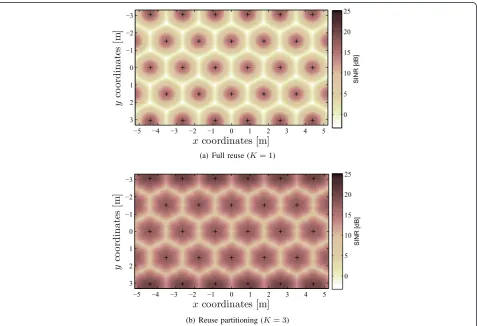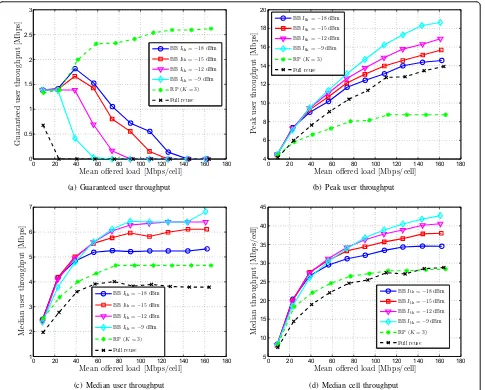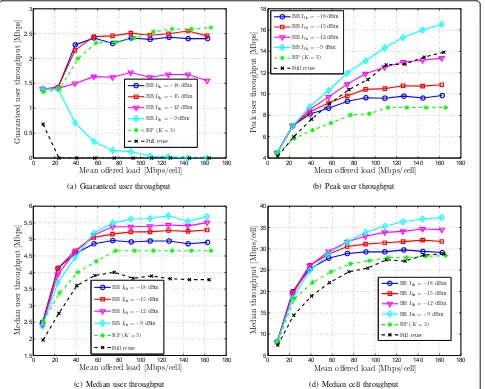Self organising interference coordination in optical wireless networks
Full text
Figure


![Figure 3 Collision avoidance using cellular slot access andreservation (CESAR) approach [21]](https://thumb-us.123doks.com/thumbv2/123dok_us/960594.1117720/8.595.305.540.86.592/figure-collision-avoidance-cellular-access-andreservation-cesar-approach.webp)

Related documents
A series of novel A^ferrocenytybenzoyl ammo acid and dipeptide derivatives have been synthesized and characterized It is intended that the incorporation of
Providers should continue to bill Medicaid fee-for-service for Medicaid services that are not included in the Family Care Benefit Package when provided to Medicaid-eligible Milwaukee
When Ewing and Payne (1999) examined M1 demand for Australia, Austria, Canada, Finland, Italy, Germany, Switzerland, UK and USA they identified a range of income elasticities
Peak velocity of visually guided saccades (Saccades) and EEG responses evoked by single-pulse TMS over the dominant (left) primary motor cortex (TMS- EEG) were measured before and
As this research will focus on the issue of equal educational opportunity in terms of equality in the educational outcome or simply learner performance as expressed in school
Brandi Reed Donald Reeser Ruth Anne Rehfeldt Gail Rehfeldt Velda Reina Sarah Reinartz Carol and Laslie Relyea Melissa Renshaw Karin Rex Molly Reynolds David Reynolds Ace Rezai
In addition to touring exhibitions and loans, the V&A will continue to work across the UK to share collections and expertise, including:. • To share and help develop knowledge
Initially the swarming behaviour of point mass systems is studied using the second-order nonlinear model. Aggregation towards goal point and formation to desired



